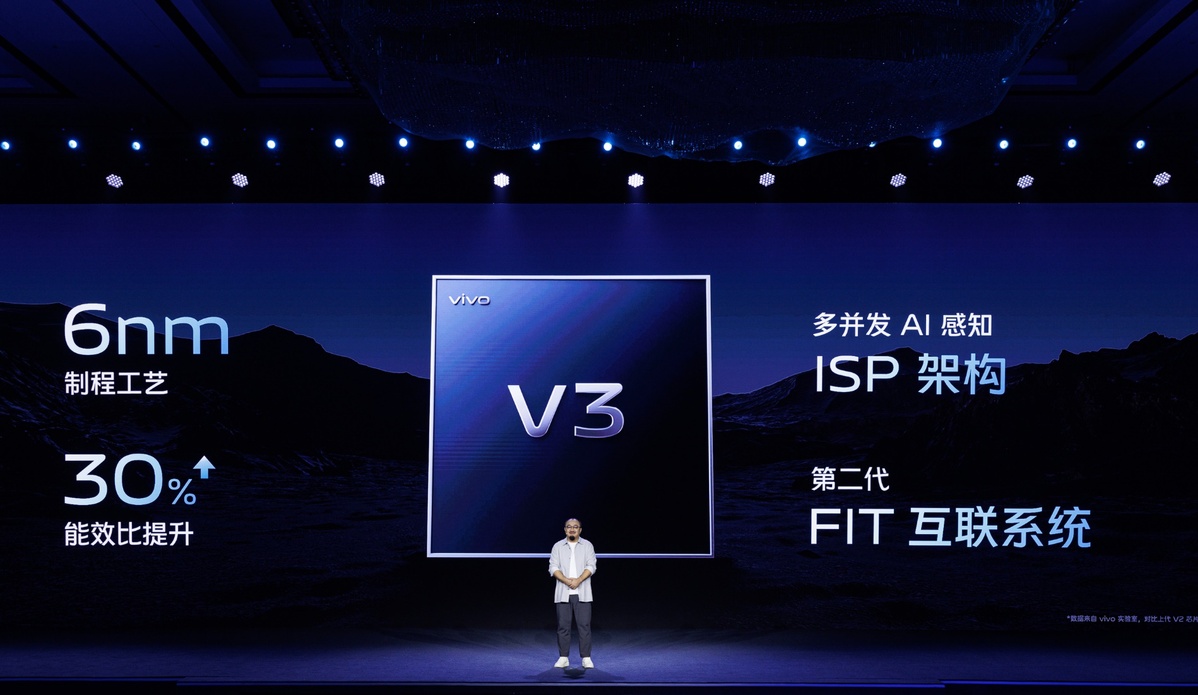Vivo Unveiled 6nm Imaging Chip V3

Chinese smartphone maker Vivo has unveiled an updated in-house developed V3 chipset as part of its broader effort to improve its technological capabilities and differentiate itself amid intensifying competition.
The V3 chip, which uses a 6nm process, comes after Vivo took first place in the Chinese smartphone market in the second quarter of this year, despite an overall slowdown in the market.
Yu Meng, Vice President of Imaging at Vivo, said: “At Vivo, we are committed to promoting human-centric professional imaging. To this end, we are constantly improving our knowledge in the field of optics, computer science and algorithms to develop skills. image quality comparable to professional photographic equipment.
According to him, the company's goal is to enable the user to reproduce what the human eye sees and make professional imaging capabilities more accessible to everyone.
The latest V3 chip features a newly developed multi-simultaneous ISP architecture and second-generation Frame Info Tunneling (FIT) technology, which Vivo claims provides better user experience with 4K cinema-like bokeh and outdoor blur aesthetics. - focus parts of the image created by the lens.
Meanwhile, V3 also supports automatic object focus detection and switching, cinematic skin enhancement, and cinematic color processing. This makes Vivo the first Android phone manufacturer to support cinematic 4K portrait video with post-processing capabilities.
The company also launched the Vivo Origin Imaging Engine (VOIE), which improves image quality, color, sound and computing capabilities.
In collaboration with Zeiss, a German optical company, Vivo announced the development of a periscope lens using the new "Vario-Apo-Sonnar" standards, providing high quality zoom and macro capabilities.
The latest data from research firm Canalys showed that Vivo was the top smartphone seller in China in the second quarter of this year, with an 18% market share in terms of shipments.
During this period, total shipments to the Chinese smartphone market amounted to about 64.3 million units, down 5% from a year earlier.


